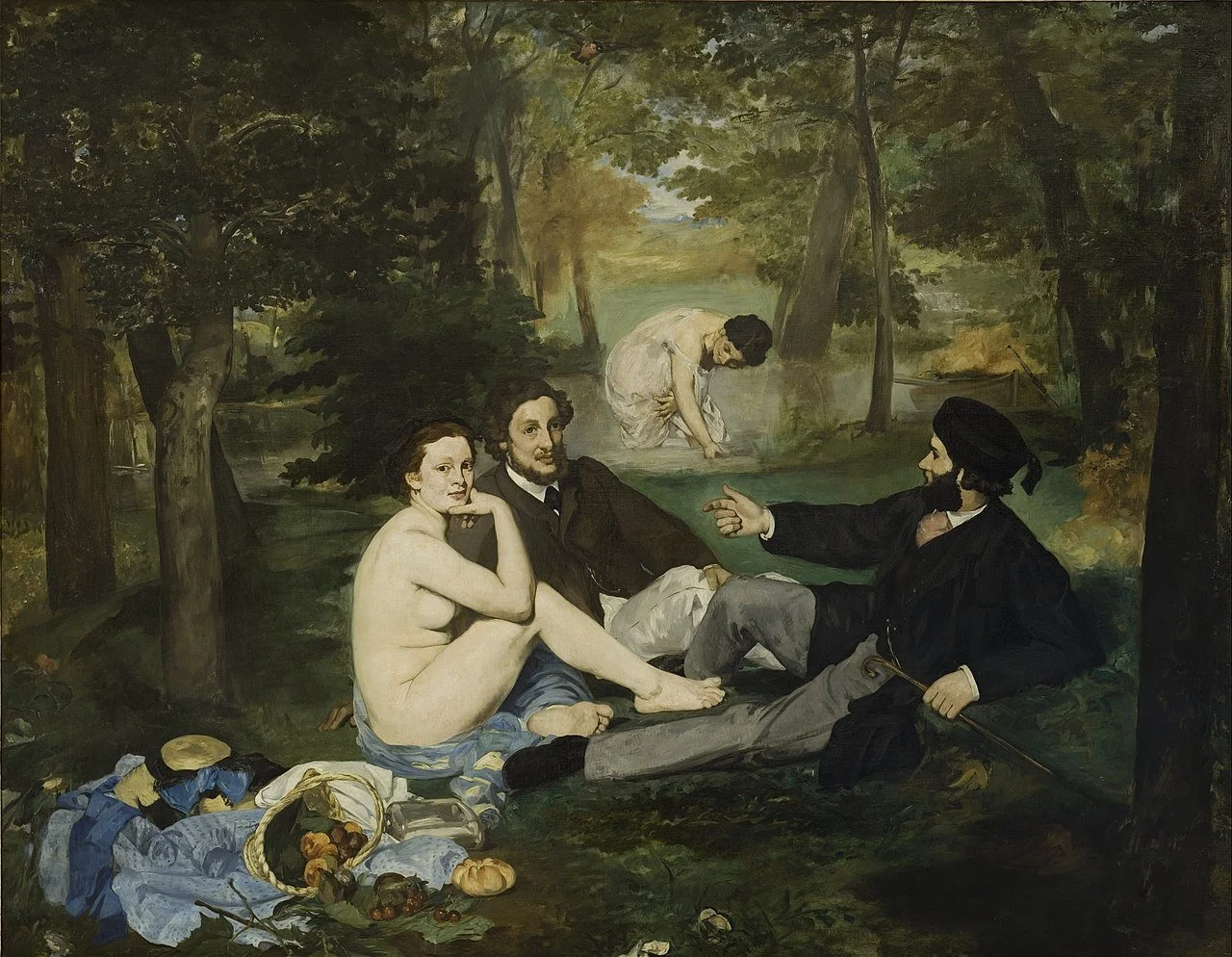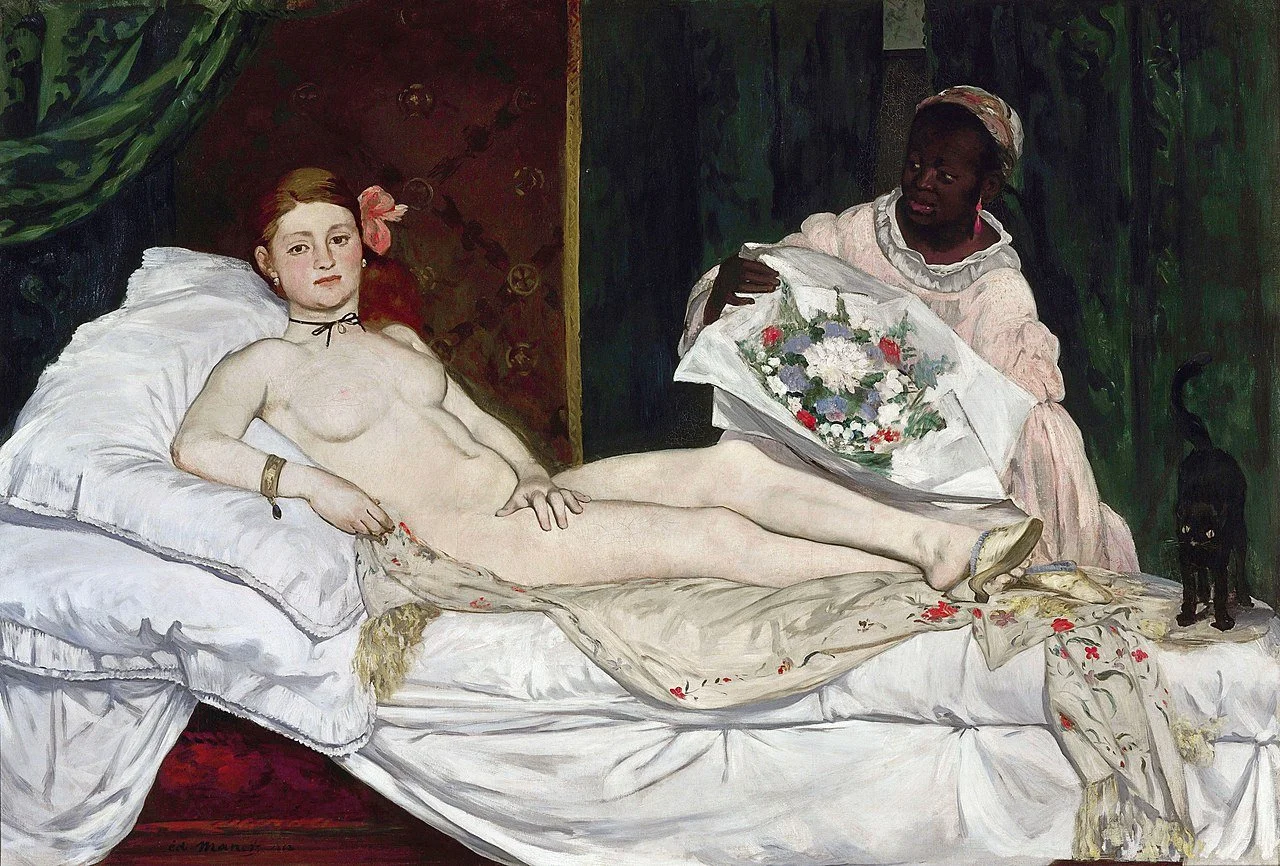The Groove 169 - How to Be an Innovator in 2024
UNLOCK SUCCESS IN 2024!
As a token of appreciation to you for being a subscriber of The Groove, get 25% off the most comprehensive course on creative thinking that’s out there and get access to live monthly calls with me and an incredible and diverse community of creatives and businesspeople from all over the world.
Use WIN2024 at check out. Valid until this Sunday, January 14, 2024. Check it out here.
HOW TO BE AN INNOVATOR IN 2024
What would you do if you knew you wouldn’t fail? What risks would you take? What projects would you embark upon? I want to start 2024 by asking you these questions.
One of the most significant obstacles to innovation is the fear of failure. The fear of making mistakes or facing setbacks often hinders people or organizations from taking risks and exploring new ideas. This fear can lead to a reluctance to experiment, stifling creativity and preventing the exploration of innovative offerings, services, products, systems - you name it.
The interesting thing is that if you come up with fresh and relevant ideas and execute them with excellence, one after another, while it’s certain that not all of them will be embraced with fanfare and generate millions of dollars, several will succeed. The tragedy lies in the multitude who surrender before we can revel in their transformative contributions. The secret isn't just in the brilliance of the idea; it's the resilience to see them through and let the world witness their impact.
The untapped goldmine for innovation often lies in learning from the past while being grounded in the present and envisioning the future. Time and time again, the trailblazing innovators of history share a common thread: an unyielding spirit, an insatiable curiosity, and an eternal thirst for life. They fearlessly introduce new ideas, reshape thinking, and disrupt conventions across all domains. Innovators challenge norms, welcome change, take measured risks, and relentlessly chase their vision.
Last year, my first issue of The Groove was dedicated to Berthe Morisot; this year I’m going to open it with her impossible lover, Edouard Manet. He is someone whose legacy can never be covered in a newsletter entry, but as a luminary in the realm of art history is worth revisiting as many times as possible.
Challenge What Is
Edouard Manet in Paris ca. 1862.
One of my mantras in business and life is that unless you are violating legislation, ethics, or the laws of physics, everything is fair game for you to try.
Manet's most significant legacy might be his challenge to tradition. He dared to break artistic standards, pushing boundaries and sparking conversations about questioning established norms, which inspired innovation and critical thinking outside the arts. This legacy teaches the importance of daring to question conventions and think differently in any field or aspect of life.
Born in Paris in 1832 to a well-to-do family, Manet grew up with his father’s expectations of becoming a lawyer, but he was a mediocre student and at age 16 failed twice the exam to join the navy. In 1850, his father finally let him study art as a serious pursuit. Captivated by Dutch virtuoso Frans Hals and Spanish maestros Velázquez and Goya, Manet defied Parisian norms and forged his own uncharted path, determined to break new ground.
Edouard Manet, The Spanish Singer, 1860, oil on canvas.
The France that Manet grew up in was profoundly invested in art and artists, but it had to be done in a specific style. With meticulous brushstrokes bordering perfection, religious, royal or mythical subjects, France seemed forever stuck in its Ancien Regime. The place to exhibit was the Paris Salon, and being a part of it was any artist’s dream. After all, the organizers had done such a good job spreading the word and building the reputation of the event that at least 23,000 attendees crossed its doors daily - that’s more than one million people during the Salon’s six-week course. By comparison, almost 200 years and thousands of technological and marketing advances later, Art Basel Miami Beach receives an average of 80,000 visitors spread out over five days.
Manet finally got two paintings accepted by the strict jury of the Salon in 1861. His painting style was considered vigorous and weird; his subjects were ordinary, everyday people doing normal things. This had caught the eye of the attendees and mostly of younger artists who were intrigued and excited by how different Manet’s works were. The Spanish Singer, which was inspired by Manet’s love of his Iberian idols, was even changed to a more prominent location given its popularity. A star was born.
Then Do It Your Way
Edouard Manet, Le Déjeuner sur l'herbe, 1863, oil-on-canvas.
I think we should all be thrilled that we don’t have to do things as the jurors of the Salon prescribed, but so many people still remain in metaphoric claustrophobic rooms, sticking to the conventional way of doing things. In “Thus Spoke Zarathustra”, a philosophical novel written by Friedrich Nietzsche, the character of Zarathustra utters a formidable line to live by: “You have your way. I have my way. As for the right way, the correct way, and the only way, it does not exist.”
Manet had a big personality, was a charming, worldly, fun and handsome guy to hang out with. Biographers and friends called him a “dandy” as he put significant emphasis on personal style, refinement, and elegance. But his detractors used his focus on fashion and personal style against him, labeling him superficial and lacking seriousness as an artist. It didn’t work. Manet never relented and kept ruffling feathers right and left.
In 1863, Manet painted his masterpiece The Luncheon on the Grass (Le Déjeuner sur l'herbe). Déjeuner was a mashup of tributes and references to art history done in the artist’s own way. Fragments from Titian’s 1509 oil-on-canvas, “Pastoral Concert”, and a print product of a collaboration between the great Italian artist Raphael and engraver Marcantonio Raimondi. Manet combined two bourgeois, well-dressed Parisian men next to one woman sans clothes in what could have been a picnic in a Parisian park. A second woman in the background, wearing a sheer under-garment, is bathing in a stream. On top of what was considered a scandalous scene, his brushstrokes were different, emphasizing his hand in the creation and eventually changing the way oil paint is used by artists everywhere.
Of course, Déjeuner was turned down by the Salon. But instead of retracting, Manet boldly decided to show it at the Salon des Refusés (Salon of the Rejected), the alternative invented by Emperor Napoleon III to placate the public indignation after the official salon's Selection Committee only accepted 2,217 paintings out of more than 5,000 submissions.
In the end, what’s funny is that Déjeuner didn’t sell (damn, if only I would’ve been an art dealer in 19th Century Paris), but the painting stands as a pivotal work in art history and one of the most recognizable. If Déjeuner were to go on sale today, it would go for several billions. It symbolizes the transition from academic traditions to the avant-garde movements that would follow, paving the way for modern art.
When All Fails, You Still Show Up
Edouard Manet, Olympia, 1863-1865, oil-on-canvas.
I want to make this year one where excuses be damned. No more giving power away: “oh this didn’t happen because xyz did this, or the economy did that, or the elections turned this way”. Showing up boldly and consistency is one of the ways to grant momentum and legitimacy to your wild ideas. Innovators don’t take things at face value. There’s always another way.
Manet always showed up. In 1867, having amassed a considerable body of work, the artist was once again rejected from the Salon and also excluded from the Exposition Universelle. So he decided to mount his own one-man show. He had an 18-meter-long temporary pavilion constructed next to the Exposition Universelle, on a piece of ground known as the Trocadero (close to where the Eiffel Tower is now but wasn’t then).
The show had 56 of his own works, including the even-more scandalous Olympia. He published his own catalogue-manifesto and wrote: “To exhibit is to find friends and allies for the struggle."
It is true that Manet had the financial means to fund his own show, but it’s also true that many people with the money to pursue amazing projects don't have the drive or the determination, neither the ideas nor the vision, to get much done. To quash Manet’s genius because he was rich is usually an excuse waged by the mediocre to justify their own shortcomings. Definitely not a winning attitude, nor one that would be embraced by an innovator.
Edouard Manet's legacy will endure many more centuries, not only for his aesthetic contributions but also for the attitudes, mindsets, and habits he embodied. His defiance of convention, unwavering commitment to individual expression, and relentless pursuit of innovation continue to resonate across disciplines, serving as a guiding light for those who dare to defy norms, celebrate their uniqueness, and relentlessly strive for innovation in their pursuits. All things worth considering for 2024.
JUMPSTART: IGNITE YOUR CREATIVITY FOR PROFIT, INNOVATION, AND REINVENTION
I’ve put together a free webinar for those of you who are not members of my online course and inner circle.
In the course, there are dozens of hours of transformative content for you to watch or listen at your own pace plus access to live groundbreaking monthly calls. These handful of testimonials say it all.
If you’d like to watch it, please register here (it’s on auto-repeat every 15 minutes once you have registered).
But if you are ready to enroll now, you can do so here.
HOW CREATIVITY RULES THE WORLD
If you enjoy The Groove, you will love my book.
How Creativity Rules The World is filled with practical tools that will propel and guide you to get any project from an idea to a concrete reality.
Have you gotten yours yet?
It’s in three formats: hardcover, eBook and audiobook.




